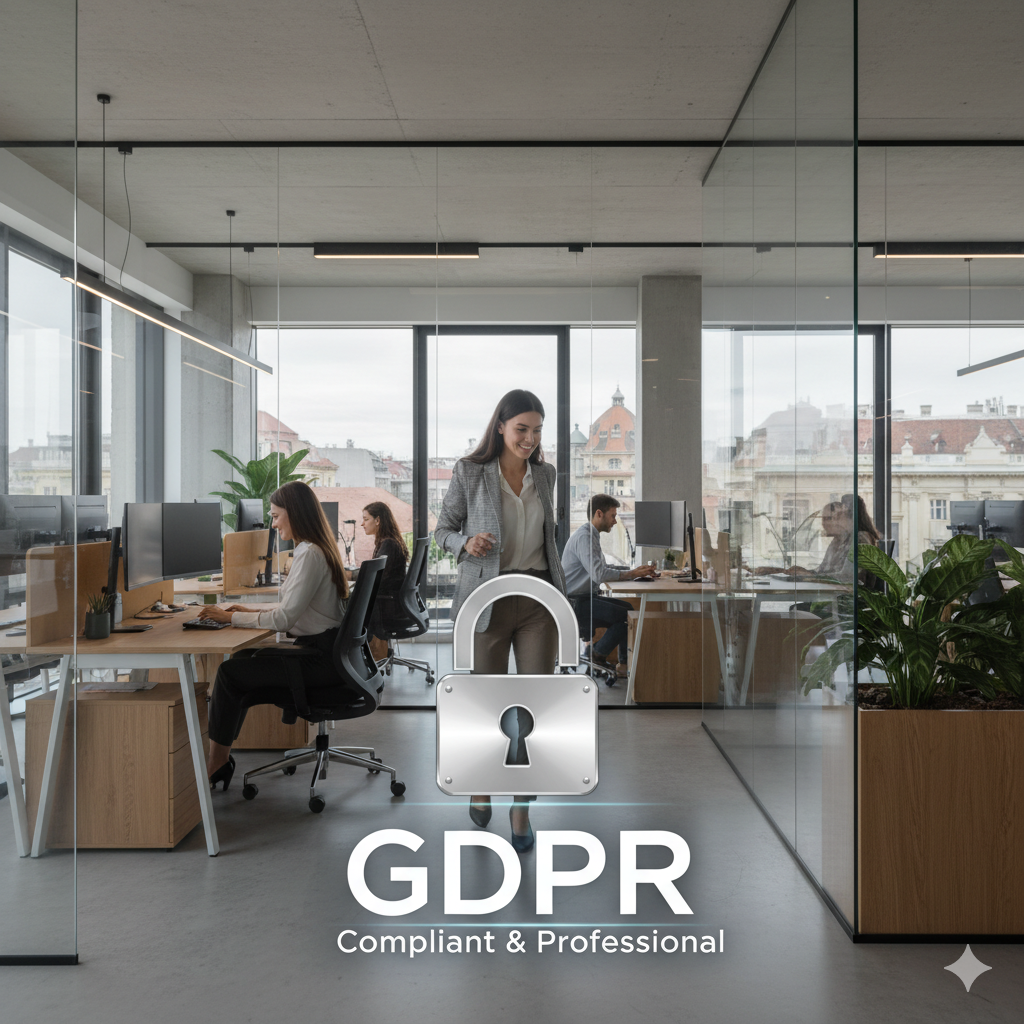Nadia Lodroman • November 2, 2025
You Thought DMARC Was Optional. You Cannot Ignore DNSSEC.
Listen to Gemina and diMarco breaking it down in their podcast:
After ICANN84, it's clear: DMARC isn't enough. Hackers can hijack your website, intercept your email, and steal payments. DNSSEC is the foundational defense you're missing.
For the last six years, we at SKYtek ApS have been the voice in the room consistently talking about DMARC. We've explained why full "p=reject" compliance is the only way to protect your brand, your clients, and your collaborators from sophisticated email impersonation.
We’ve heard all the pushbacks:
- "We're too small to be a target."
- "It's not an urgent priority right now."
- "Our IT team says it's too complex and might break our email."
After attending the ICANN84 conference in Dublin last week, I'm here to tell you that if you've been dragging your feet on DMARC, you're missing an even more fundamental and terrifying vulnerability.
Meet DNSSEC (Domain Name System Security Extensions).
If DMARC is the high-security lock on your office door, DNSSEC is the certified, unforgeable deed that proves you own the building in the first place.
Part 1: The "Known" Threat (DMARC)
First, let's reset. DMARC
is non-negotiable. It's the protocol that stops criminals from spoofing your email address. It’s the bouncer at your email's door, checking the ID of every message that claims to be from you. It’s what stops a hacker from sending a fake invoice from your CEO's email
to your finance department.
It's critical. But it protects one vector: your email.
What happens when the attacker doesn't just send a fake letter... what if they hijack the entire post office?
Part 2: The "Foundation" Threat (DNSSEC)
This is where it gets scary.
The DNS (Domain Name System)
is the internet's phonebook. When a customer types www.yourcompany.com into their browser, DNS translates that human-friendly name into a machine-readable IP address (like 192.0.2.1) to find your server.
The problem? The original DNS was built in the 1980s on a principle of trust. It was designed to route traffic, not to verify identity. It has no built-in way to check if the "phonebook" entry it's providing is legitimate or if it's been maliciously altered by a criminal.
This vulnerability allows for DNS Cache Poisoning
or DNS Spoofing.
A hacker can intercept that "phonebook" lookup. When your customer tries to visit your website, the hacker lies to their browser and sends them to a different IP address—one that leads to a malicious server they control.
Part 3: A Business Owner's Nightmare (The Consequences)
So what? This isn't just a technical glitch. This is a catastrophic failure of your digital presence.
Here's what a hacker can do with your unprotected domain:
- Complete Website Hijacking: The hacker hosts a pixel-perfect clone of your website. Your customer, thinking they're on your legitimate site, enters their username and password. The hacker steals them. They enter their credit card details. The hacker steals them. They download what they think is a whitepaper, but it's ransomware.
- Total Email Interception (Man-in-the-Middle): The attacker can also change your MX records (the DNS records for your email). They can now sit silently between you and the outside world, reading every single email sent to your company. Every sales quote. Every client contract. Every financial report. Every password reset link.
- Invoice & Payment Fraud: This is the big one. They see an invoice you email to a client. They intercept it, change the bank details to their own, and send it on. Your client pays the invoice, thinking it's you. The money is gone. You've lost the revenue, and your relationship with the client is permanently damaged.
- Undermining DMARC Itself: Remember those DMARC, SPF, and DKIM records you worked so hard on? They also live in your DNS. A hacker who controls your DNS can simply delete or alter those records, instantly undoing all your email security and giving themselves a green light to spoof your domain.
Part 4: The Unbreakable Shield (DMARC + DNSSEC)
This is why you must
have both.
- DNSSEC is the foundation. It adds a digital signature to your DNS "phonebook" entries. It uses cryptography to prove to the rest of the world that your records are authentic and have not been tampered with. It ensures that the person asking for your website actually gets your website.
- DMARC is the application-level control. It builds on that secure foundation to protect your email identity.
You cannot have a secure brand without a secure domain.
The "we're too small" myth is the most dangerous one of all. Hackers don't target the biggest companies; they target the easiest
ones. An unprotected domain from a small business is a valuable, trusted asset for a criminal to use in supply chain attacks against your larger clients.
You aren't just a target. You are a tool.
Your Business & Reputation are on the Line
We left ICANN84 with a renewed sense of urgency. This is not an "IT issue" to be put on a future roadmap. This is a foundational business risk, and it's being actively exploited.
Protecting your domain is not optional. It's as essential as the lock on your front door.
Don't wait until your website is cloned and your client payments are stolen. The team at SKYtek ApS
are experts in demystifying these complex protocols. We can analyze your domain's full security posture—from DMARC to DNSSEC—and implement the comprehensive defense you need.
Is your domain a loaded weapon for hackers?
It's time to find out. Contact us at SKYtek ApS
today for a complete domain security consultation. Let's protect your business and your reputation.










